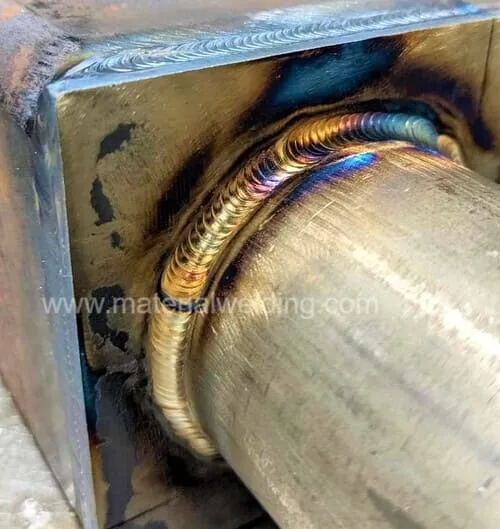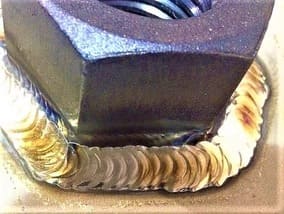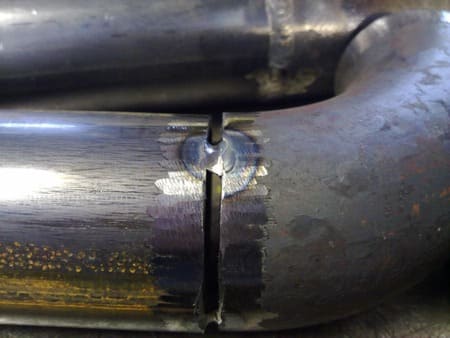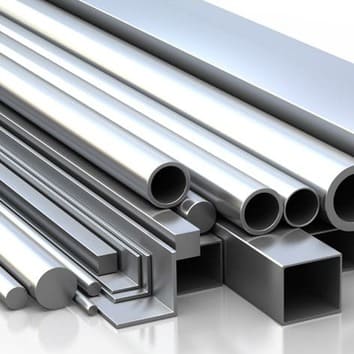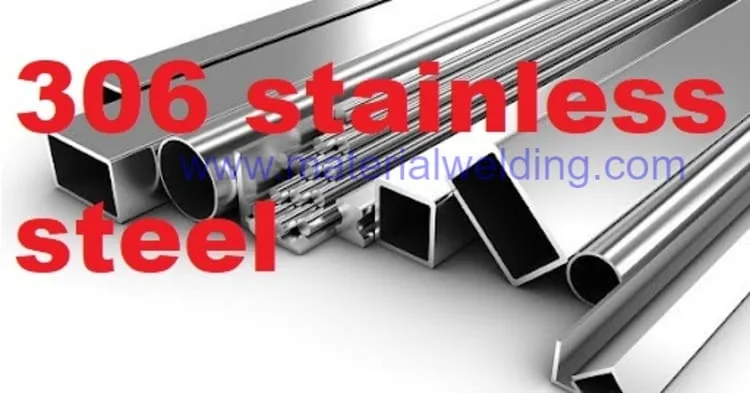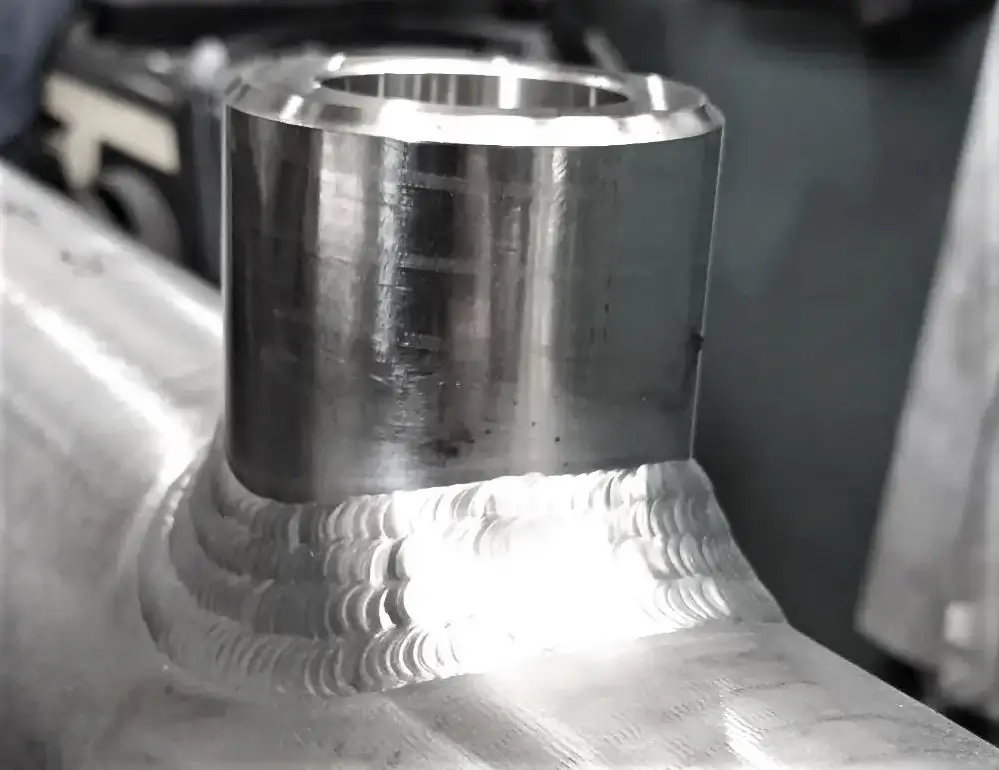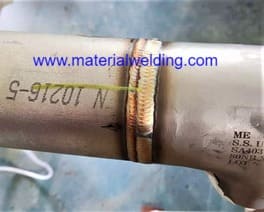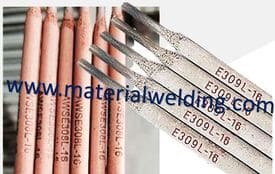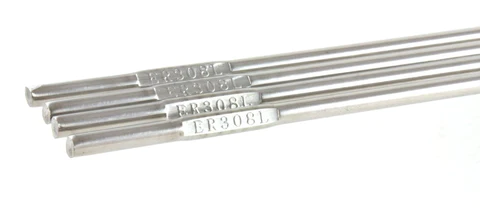Can mild steel be welded to stainless steel?
Mild steel and stainless steel have different properties that make them suitable for various applications. However, in some cases, it may be necessary to weld these two metals together to create a dissimilar weld. Welding mild steel to stainless steel can be challenging due to the differences in their composition and melting points.
Mild steel has a lower carbon content than stainless steel, which makes it more ductile and easier to weld. Stainless steel, on the other hand, is harder, have low thermal conductivity & high thermal expansion and more brittle due to its higher chromium content. To successfully weld mild steel to stainless steel, a filler metal with similar characteristics must be used.
Another factor that affects welding mild and stainless steels is their melting points. Mild steel has a lower melting point compared to most types of stainless steels. Consequently, when welding these two materials together, it is essential to use appropriate settings on the welding equipment such as temperature control so that both materials melt at the same rate without compromising their mechanical properties after cooling down post-welding process.
Overall, with proper weld preparation with right welding filler wire rod and an expert welder or technician familiar with this kind of welding job; mild can indeed be welded onto stainless without any issues arising during operation or usage later on down the line.
Best Welding filler wire rod to weld mild steel to stainless steel
Using the right welding filler wire rod is crucial for a successful weld between mild steel and stainless steel. The welding process involves heating the metal pieces to their melting point and then fusing them together using a filler material. This means that the filler wire must have properties that complement both metals being joined.
The best welding filler wire rod for welding mild steel to stainless steel is one that has high nickel content such as 309L, 309LSi, 316L or ERNiCr-3. These types of rods have excellent corrosion resistance and are known for their strength and durability. They also have low carbon content which reduces the risk of cracking during the welding process.
Can I use a mild steel wire to weld stainless steel?
Mild steel and stainless steel are two different metals with varying properties. While mild steel is a low carbon steel, stainless steel contains at least 10.5% chromium with added nickel which gives it its unique features such as resistance to corrosion and staining. However, the question still stands – Can I use a mild steel wire to weld stainless steel? The answer is No.
Welding mild steel wire to stainless steel may seem like an affordable option for someone who wants to save money on welding materials. However, there are potential issues that could arise from doing so. One issue is that the weld joint could become brittle and prone to cracking due to the differences in thermal expansion coefficients between mild and stainless steels. Another problem is that during the welding process, there could be contamination of the weld pool by elements from the mild steel wire which may affect the quality of the final product.
In conclusion, while it’s possible to use a mild steel wire for welding jobs involving stainless steel, there are risks involved in doing so which may result in poor quality or even failure of the structure being welded. Therefore, it’s advisable that you avoid using a mild-steel wire when working on stainless-steel projects unless you’re sure about all aspects involved in such tasks or have consulted with experts who can provide guidance on appropriate methods for your specific needs.
Can stainless steel be welded with a mild steel wire?
Welding is one of the most common methods of joining two metals together. It involves melting and fusing the base materials to form a strong bond. However, when it comes to welding mild steel and stainless steel together, things can get a bit tricky. Mild steel and stainless steel have different thermal properties, meaning that they require different levels of heat input to melt.
Using mild steel wire for welding stainless steel may seem like an affordable option; however, it’s not recommended as it can lead to the formation of brittle welds with low ductility. This is because mild steel has a lower chromium content than stainless steels, leading to corrosion in certain environments over time. In contrast, stainless steels are designed specifically for their corrosion-resistant properties.
If you need to weld mild steel and stainless steel together, using a nickel-based filler material is recommended as it provides better compatibility between these dissimilar metals while maintaining their individual characteristics. Additionally, before starting any welding process on mixed metals, make sure you clean both base materials thoroughly as any surface contaminants can cause defects in the finished product.
Tips for Successful Welding
When it comes to welding, there are a few tips that can help ensure a successful outcome. First and foremost, proper preparation is key. This includes cleaning the metals to be welded thoroughly, making sure they are free of any dirt or contaminants that may affect the weld quality. Additionally, selecting the right welding process and materials for the job is crucial.
One common question in welding is if mild steel can be welded to stainless steel. The short answer is yes, it can be done; however, it requires special considerations such as selecting an appropriate filler material and using proper techniques to prevent corrosion at the joint. Using a filler material with similar properties as both metals can help achieve a strong bond between them.
Another important tip for successful welding is maintaining consistent heat during the process. This will ensure even melting of both metals and prevent warping or distortion of the finished product. Overall, taking these precautions can help achieve high-quality welds that are durable and long-lasting, no matter what materials you’re working with.
